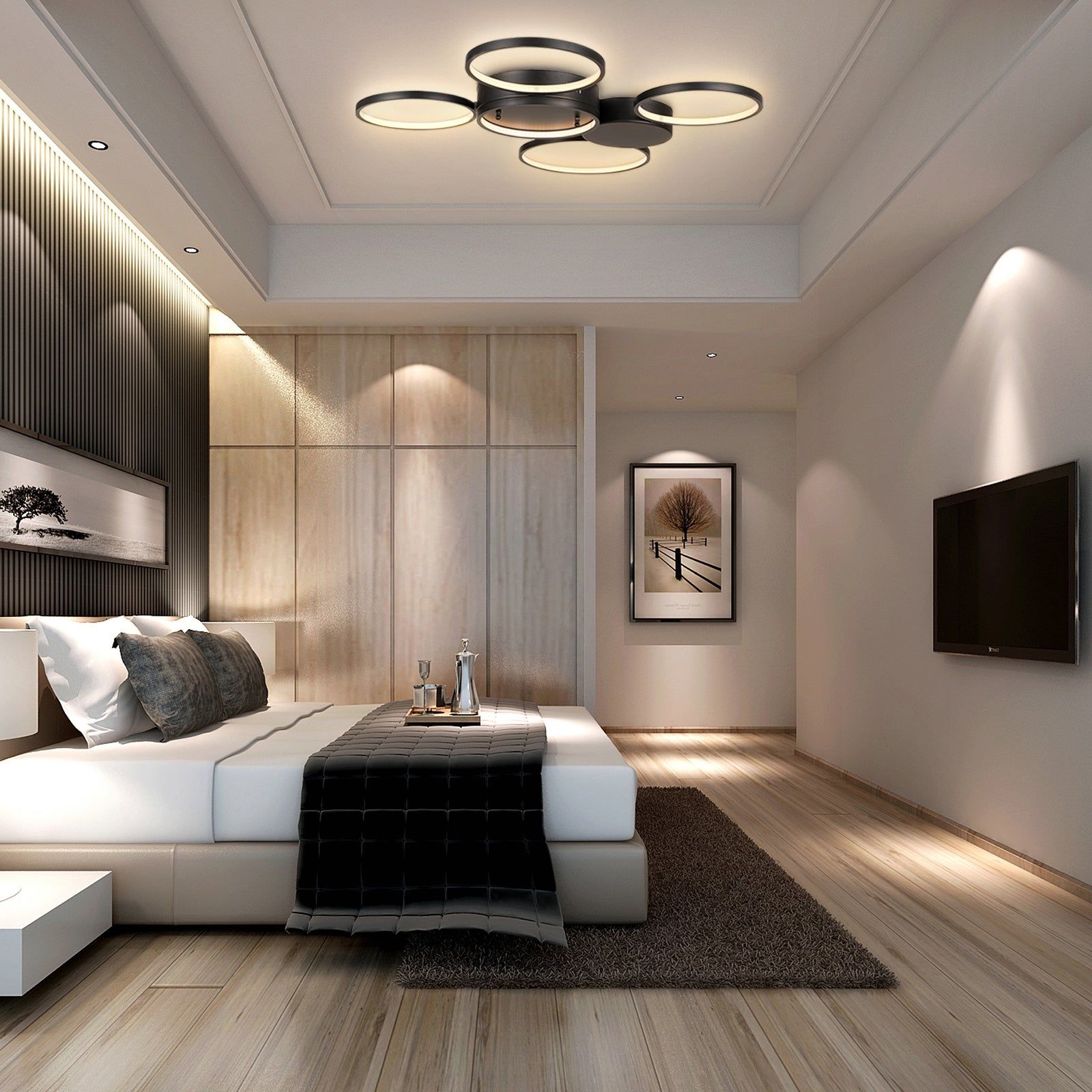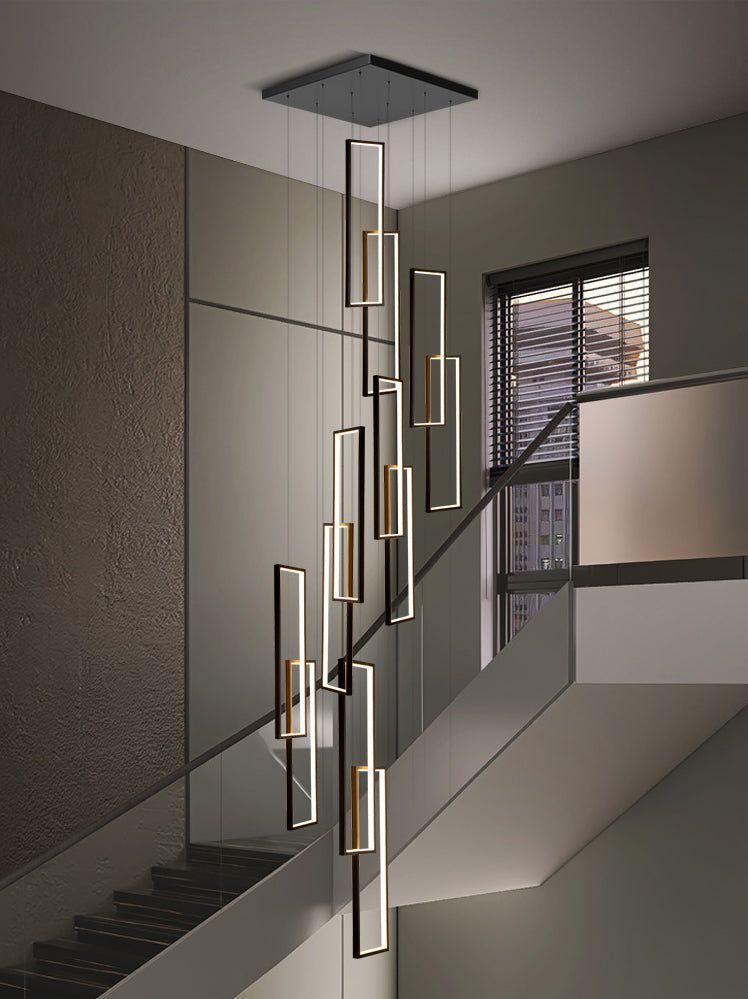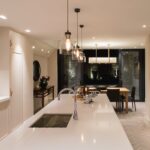
Perfect house lighting is essential for creating a comfortable and welcoming ambiance in any living space. It is important to consider the functionality, aesthetics, and energy efficiency of the lighting design in order to achieve the desired atmosphere. A well-lit room can make a space appear larger and more inviting, while inadequate lighting can create a gloomy and unwelcoming environment. Utilizing a combination of ambient, task, and accent lighting can help to create a balanced and harmonious lighting scheme. Ambient lighting provides overall illumination for a room, while task lighting is focused on specific areas for activities such as reading or cooking. Accent lighting highlights architectural features or decorative elements to add depth and visual interest to a space. Additionally, incorporating energy-efficient LED bulbs can help save on electricity costs and reduce environmental impact. By considering these factors and choosing the right fixtures and bulbs, homeowners can create the perfect lighting scheme to enhance their living space.
One of the most important aspects of creating the perfect atmosphere in your home is lighting. The right lighting can completely transform a space, making it feel cozy and inviting or bright and spacious. When it comes to designing the lighting in your home, there are a few key factors to consider. The first is the type of lighting you want to use. There are several different types of lighting to choose from, including ambient, task, and accent lighting. Ambient lighting provides overall illumination for a room, while task lighting is more focused and is used for specific activities like reading or cooking. Accent lighting, on the other hand, is used to highlight certain features in a room, like a piece of artwork or a decorative object.
In addition to the type of lighting, it’s also important to consider the placement of your lights. Lighting should be evenly distributed throughout a room to avoid any dark or poorly lit areas. This can be achieved by using a combination of overhead lights, lamps, and sconces. Another important consideration is the color temperature of your lighting. Different color temperatures can create different moods in a room, so it’s important to choose the right one for your space. Warm white light, for example, can create a cozy and intimate atmosphere, while cool white light can make a room feel bright and spacious.
Lastly, when designing the lighting in your home, don’t forget about the importance of dimmer switches. Dimmers allow you to adjust the brightness of your lights, giving you control over the ambiance in your home. They are particularly useful in areas like the living room or bedroom, where you may want to change the lighting depending on the time of day or your mood. By paying attention to these factors, you can create the perfect lighting scheme for your home, one that enhances the overall design and functionality of each room.
 Decor ideas Style Starts Here
Decor ideas Style Starts Here








